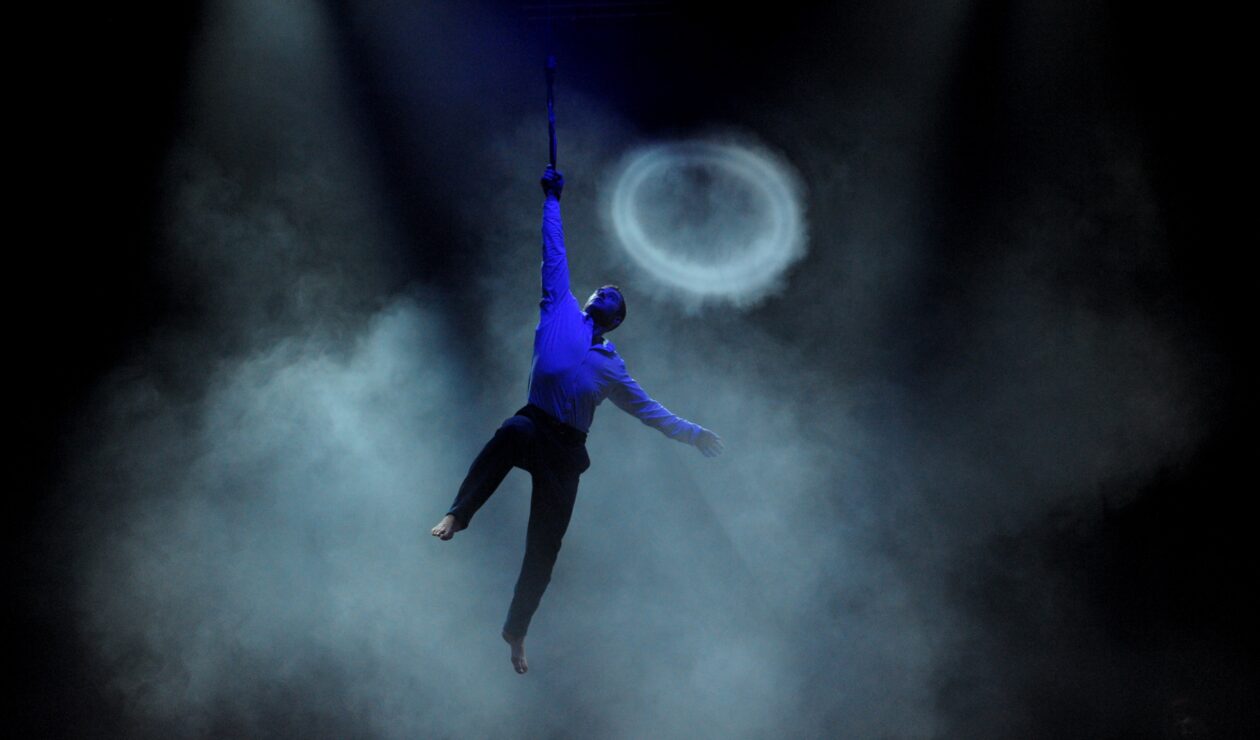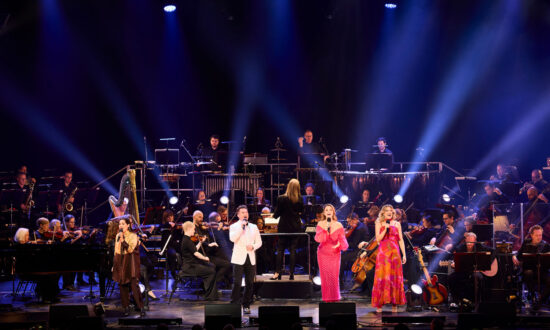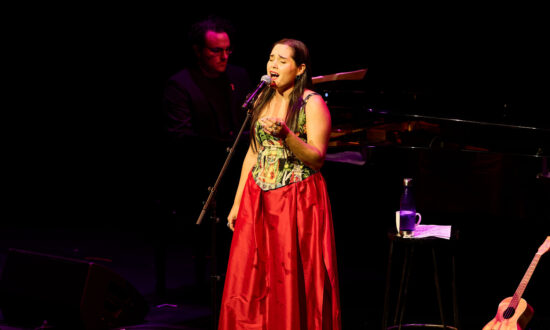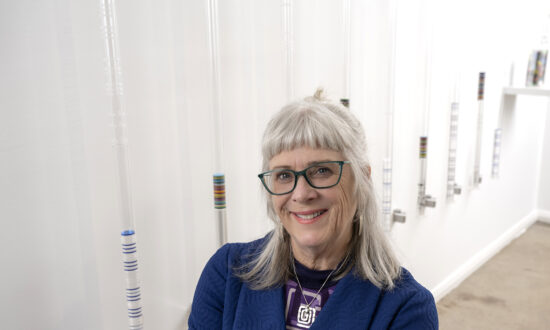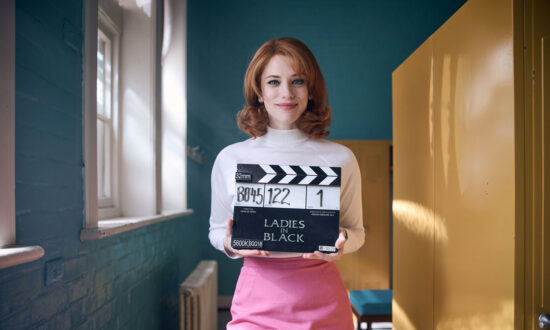In September last year, the South Australian Government announced it would “usher in a new era for the arts” by developing a state cultural policy.
A few months before the announcement, independent arts commentator and academic Jo Caust detailed a steady decline in support for the arts in SA. Caust is not alone in viewing the sector as embattled. Ruth Weldon is the acting chair of the Arts Industry Council of SA (AICSA) – which represents both arts organisations and independent artists – and she says conditions in South Australia are impinging on artists’ ability to practice.
“It does certainly feel like there’s a bit of a crisis in some regards,” says Weldon.
“We’re a state… where funding has been quite challenging for people. There’s definitely obstacles getting in the way of making work.”
In this environment, the policy announcement was welcomed as a ray of hope; a shining light of acknowledgement between a government and an industry where many teeter on the knife-edge of survival.
But policy-making is inherently divisive. Creating something singular that must be prescribed to all is difficult.
In early April, consultation for the policy concluded. Now, the sector is waiting, holding its breath as public servants author the industry’s future.
A spokesperson for the Department of Premier and Cabinet (DPC) – within which the arts portfolio resides – says the policy is due to be handed down in “the first part of the 24/25 financial year”.
In the meantime, as the creative sector looks nervously towards what is to come, it is far from unified in its response to the policy’s development.
The first point of tension arrived in the form of a discussion paper released by the Government in December last year. After a concise and upbeat description of the creative industry in South Australia, it called for written submissions in response to six key questions.
Focussed mainly on identifying and leveraging SA’s strengths in the cultural sector, the questions left some sceptical about the effectiveness of the consultation.
“To me, it was about a way of getting answers without actually rocking the boat or without actually exploring anything with real depth,” says Caust. “And I think that’s very disappointing. I think it demonstrates also more of a marketing-tourism model than what I might call a policy approach.”
Weldon agreed that the scope of the questions was limiting, saying the consultation felt “a bit surface level”, although she was quick to reiterate that AICSA is buoyed by the State Government’s commitment to developing a cultural policy.
The DPC spokesperson says the discussion paper questions were intended as a starting point for the consultation conversation: “The six guiding questions in the discussion paper were intended to inform the long-term vision of the policy – from the sector and the South Australian public – and have since been built upon to include insights from all the consultation methods, with the workshops especially informative in guiding the momentum and vision.”
The spokesperson pointed to wider consultation methods, which included 83 written submissions, workshops with more than 250 stakeholders and a public survey that garnered 1700 responses.
Caust says she attended one of the workshops and felt it, like the discussion paper, was not designed to encourage the kind of deep and critical interrogation required to grasp the full complexities of cultural value.
“It was a very narrow and somewhat controlled approach to developing a cultural policy,” she says. “Because really… when you’re developing something like a cultural policy, you should be throwing everything up into the air and really going and digging deeply.
“But I think for some reason, the powers-that-be wanted a process that was one they could control.”
we must hope that despite the rather narrow approach, there are going to be outcomes – real promises and real commitments
Others praised the consultation methods for their accessibility. Mimi Crowe, chief executive of youth arts organisation Carclew, says simplicity shouldn’t be confused with superficiality.
“The questions are simple and straightforward, but that is what good policy should be,” says Crowe. “And the reality is there are plans, there are implementations, there are actions that can be as lofty as we want them to be, but a policy should be simple and straightforward so that everyone can see themselves in it.
“It is the highest level of direction-setting.”
This is another point of contention around the cultural policy. While Crowe advocates for the policy to act as a guidance document, Weldon and Caust argue that if it doesn’t tackle some practical issues head-on, it will be a wasted opportunity.
Following the consultation period, the Government held an online town hall meeting in April, where it presented findings and outlined three thematic directions for the policy. Those themes were arts, culture and creativity everywhere for everyone; nurturing, fostering and retaining talent; and embedding First Nations.
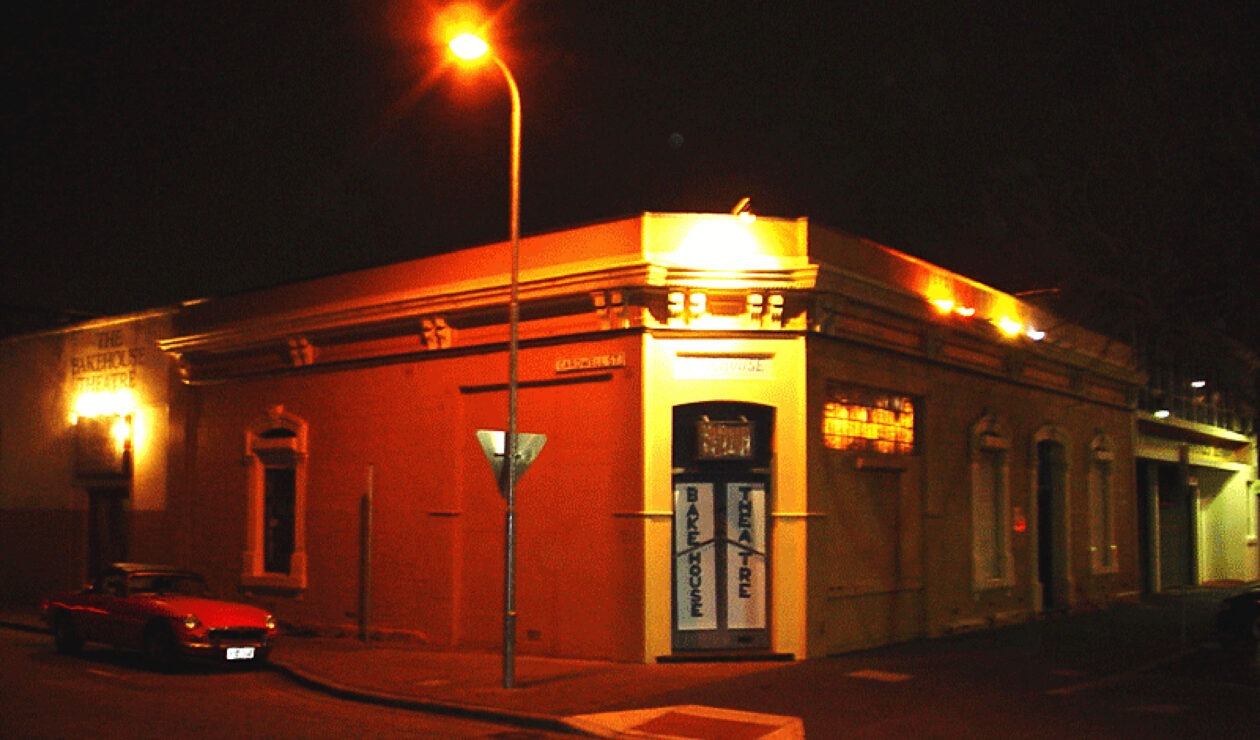
The now-closed Bakehouse Theatre – lack of spaces for the development and presentation of work are seen as a barrier to creativity.
Weldon says that while AICSA sees great value and potential in each of these themes, the council is concerned that barriers preventing creativity from thriving – particularly lack of funding, inadequate spaces for presentation and development of work, and the financial insecurity of artists – could remain unaddressed under this policy framework.
“We [AICSA] were talking about the fact that there’s sort of this blue-sky thinking around this policy,” says Weldon. “It might’ve been more beneficial for it to be a bit more realistic and tied to some of the issues that we are actually facing.”
Crowe – who has broad experience with policymaking and implementation – says that level of specificity isn’t within the policy’s remit. She believes a good policy should act as an intellectual roadmap that decision-makers can turn to when making difficult choices.
“The whole idea around a policy is that it’s a guidance document to help people make decisions… when you have multiple decisions or priorities that you are gauging against for the future of taxpayers’ funding,” says Crowe.
“This provides guidance and direction and it ultimately influences the behaviour in the decision-making of our governments… So it isn’t going to be specific, it’s not going to set actions. It is the why and the how [that] comes out of it.”
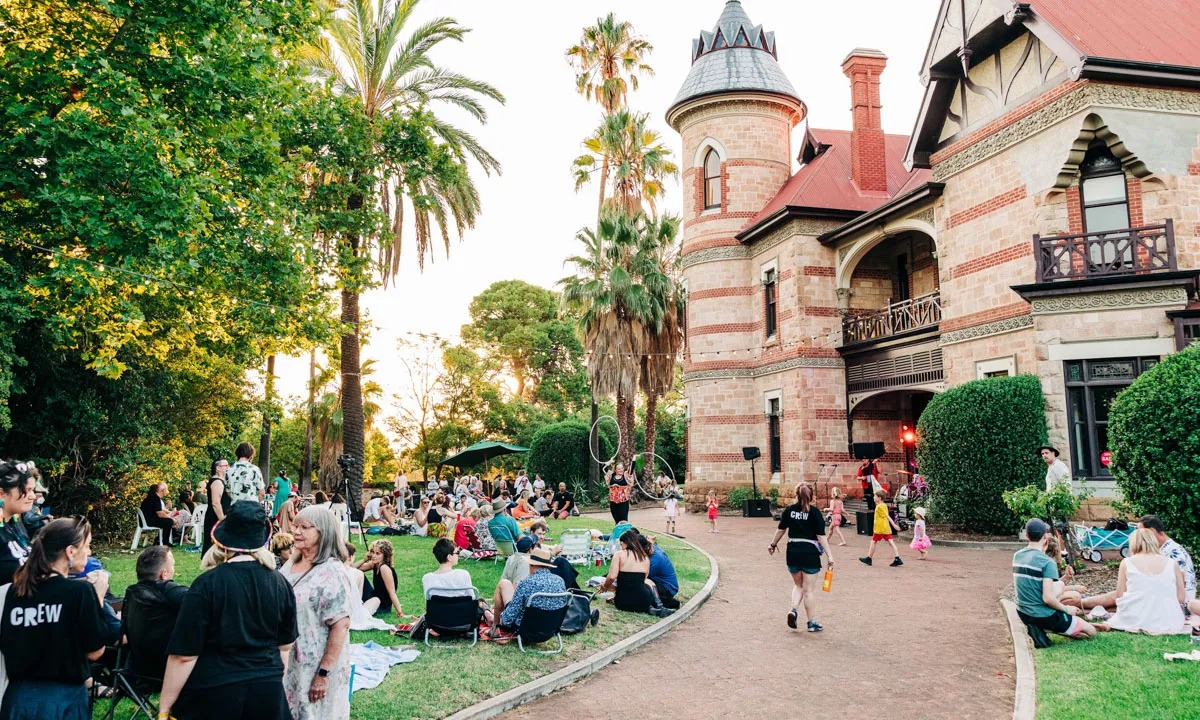
Carclew wants universally accessible youth arts to be a pillar of the new state cultural policy. Photo: Samuel Graves
Caust has worked as a bureaucrat and much of her published writing examines cultural policy. For her, both vision and action are key elements of effective policy-making.
“Of course, when you do any strategic planning process, as you know, you go from having the big ideas and then [you ask] how do you put them into practice,” she says.
“And certainly, in this case, we must hope that despite the rather narrow approach, there are going to be outcomes – real promises and real commitments.”
Asked directly if the cultural policy would address practical issues like lagging arts funding, the DPC spokesperson said it would “look to mark the beginning of a new focus for the arts, culture and creative industries in South Australia, and will include a vision statement with accompanying strategies”.
“Our intention is to ensure the design of this policy responds to the challenges of the future as well as the present, through continued engagement and partnership with industry and our counterparts across government.”
The consultation period for the policy has created a pressure-cooker environment in South Australia’s deeply entwined creative sector, but amid the fears and disagreements, there remains widespread hope that this policy will act as a turning point.
Carclew’s written submission envisioned a future where creativity is layered into all aspects of society and regarded as fundamental to the success of South Australia. It called for universally accessible youth arts to be a pillar of the policy, including through the development of a Creative Youth Plan for South Australia.
Crowe says that each stage of the consultation has reassured her that these priorities are going to be reflected in a final policy that ensures equitable access to arts.
“I think this arts policy is trying to put creativity in the context of that bigger social direction that we’re going,” she says. “There’s reciprocity in a system that understands that creativity is a part of the way that you engage with people. And I think we haven’t really opened up to that as a sector…

Get InReview in your inbox – free each Saturday. Local arts and culture – covered.
Thanks for signing up to the InReview newsletter.
“It is changing and change is hard, but we have to be open to that change and we have to be open to be more accessible to people because there are people who are just thinking about how to buy food after they pay their mortgage right now. They’re not thinking about the cultural life of their family and they deserve a cultural life as much as anyone else.”
AICSA is “considering submitting an official response” to the Government reflecting its members’ concerns about the policy’s development. Alongside the issues already mentioned, Weldon says there are fears that vital pieces of the puzzle, like audience development, could be overlooked.
Despite that, AICSA’s committee continues to recognise that the policy is a significant opportunity.
“The next generation that are coming up are really incredible talented artists. And they’re really hustling,” says Weldon. “They’re making work. They’re often their own producers, and marketers. They’re wearing all the hats.
“And I really want there to be a safe and secure industry for them to go into. I want them to have a future where they don’t necessarily have to wear all the hats – where they can be well-supported.”
Although Caust is worried that the policy which eventuates many not express the true importance of creativity, she has three simple measures for success:
“I think, one, it needs to acknowledge the diversity of our community. It needs to embrace an exciting and stimulating vision for the future. And it needs to include a serious financial commitment from the Government.”
Support local arts journalism
Your support will help us continue the important work of InReview in publishing free professional journalism that celebrates, interrogates and amplifies arts and culture in South Australia.
Donate Here
